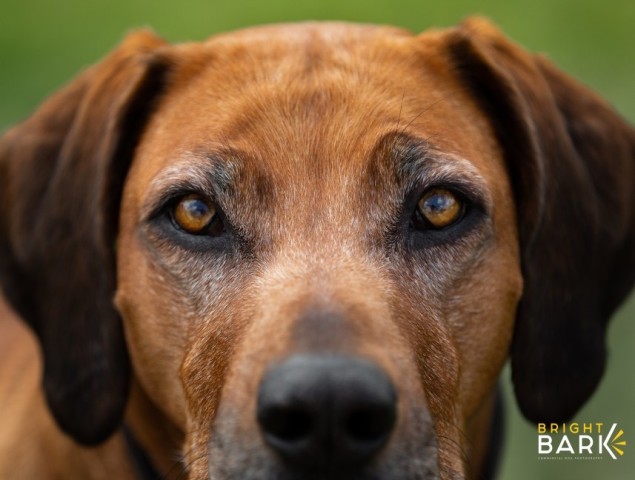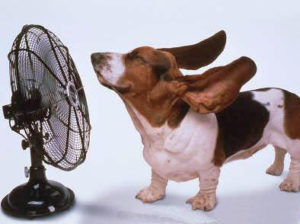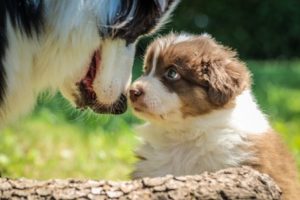Photographing dogs can be great fun. These top tips apply wherever you are photographing dogs and if you then try to photograph dogs you will realize how useful these tips are! Here I bring 26 years experience of working with dogs and dog behavior into the world of photographing dogs and I hope you find these tips interesting and useful.
- You are not the dogs friend.
That might be a strange thing to read and to understand, if you are going to be photographing the dog and you want the dog to be doing what it is told, if you become the dogs friend, you become a distraction and an alternate source of attention. The dog might break from the owner or trainer and come over to you for fuss, thus interrupting the shoot, you are nothing productive and you risk damage to your equipment. I find wherever I work, if I let the dog work for the trainer, we get so much more done without interruption or distraction because the dog is only focussed on their owner or trainer. You are there as an observer, waiting for the right moment to press the shutter.
2 Planning.
This should go without saying. What is the objective of the shoot? Where are you going to be, where is the light? Is the dog used to and capable of doing what is required for the shoot? When and where do you have to be? What are the facilities? What does the dog need on the set or on location? What is the duration of the shoot? Do you need a vet and behaviourist on the set to ensure the dogs welfare? These can be legal requirements! You have to think of everything!
3. Preparation.
How well prepared are you for the shoot? Is all of the equipment ready? Are batteries fully charged with replacements and /or chargers? Do you know where you are going if the shoot is not at your studio? What facilities and equipment does the studio have? If shooting outside, will you need additional lighting? If so, what lighting accessories will you need to take to allow for the variation in the available natural light? How will these additional lights be powered? Have you got spare bulbs for the lights in case one fails?
4. Know your area.
This is so important whether you are shooting in a studio or on location. You might not be shooting in your own studio so get to know your area so you know where things are, you know what noises are ambient and you know where they come from and what makes them. This can affect your dog model so you need to know. You need to know where the dog can go to the toilet and where there is a water supply.
If you are on location, the list of what you need to know gets even bigger. You need to know the lay of the land, you need to know where any distractions may come from so I always walk the location area the day before the shoot so I know where paths go, I know if there is livestock in surrounding fields, I know where there are streams and rivers, I know where the roads, lanes and footpaths are so I am prepared. I need to know what a dog will find interesting and/or distracting.
5. Listen to the owner/trainer.
The owner and /or trainer knows the dog better than you do so be prepared to listen. You need to know what the dog can and can’t do because that will dictate your shooting plan. This should have been done in advance but it is always worth going through it again in the day so it is fresh in your mind ready for the shoot. Always talk to the trainer in a calm and relaxed way so you don’t excite or elevate the dog, some dogs can react if you are suddenly animated and excited when all you have been prior to this is quiet and behind the camera.
6. Be ready.
Once you have discussed with the trainer what you want, they have their position and their mark and are good to go, be ready. Dogs can only be correct for a moment, there is so much for them to coordinate to get the right look and body position that you have to pay attention. It is this part that is the most difficult. The amount of concentration it requires from the photographer is immense and it is not for the faint hearted. If you have worked out your shot list before the shoot and the trainer has a copy, you may not get a break for half a day as the dogs will be swapped out very quickly and you are straight back to shooting.
7. Find out what works.
At some point you will need to have the dogs attention so they are looking straight down the barrel of the lens. If the dog is posed and the trainer can walk away and stand behind you then it is easy but if you need the dogs attention whilst the trainer is off camera, you need to know what works, many dog models and actors have been trained to look left and right and this does help but they still need direct eye contact with the camera and you have to know what the dog will respond to. you then have to know when to use it because your timing has to be correct otherwise you can ruin the shot by distracting the dog too early or too late.
8. Never take the camera away from your eye.
This comes back to the amount of concentration it takes because you never really know what the dog is going to do and some of the best shots are off the cuff, where the dog does something at random yet it really works and if you have taken the camera down to review the pictures on the back of the camera, you will have missed something.
Always keep the camera to your eye whilst there is a dog on set and always keep the focus point on the dogs eye. Your lights are set, your camera is set so all you have to do is observe and press the shutter when you see something worth capturing. This is now photography, you are the observer looking for the moment to press the shutter to capture the right expression, the right head tilt and body position, this is where attention and concentration will always get the shot.
You will finish the session exhausted because of the amount of concentration required, this is why photographing dogs is such a difficult job to do because of the patience and concentration it requires and your patience is never more greatly tested when your dog model goes to the toilet right in front go you and leaves you a nice pile because the owner/trainer forgot about a toilet stop before the shoot starts.
Never work with children and animals unless you want to truly test your self and your skills because working with dogs is one of the most challenging and difficult things to do.
Follow the above tips and you will find photographing dogs can become a joyful pastime.
The above article is written by Steven Havers who is a professional dog photographer and his website is https://www.brightbark.co.uk/
Photo Source – Steven Havers

I am a dog lover and creator of this site. I am also the author of ‘Keep Sleeping Keep Missing- if only you knew’ (available on Amazon, Flipkart, Kobo, Google Store, etc.).




